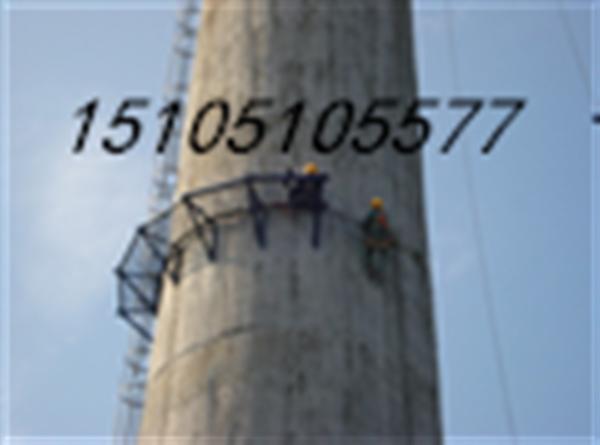In the early 1970s and 1980s, many factories did not include chimney platforms when constructing their chimneys. This lack of planning made future repairs extremely challenging, which is why today, most chimneys are now equipped with a proper chimney platform for easier maintenance.
When it comes to installing a chimney platform, there are several key factors that need attention. First and foremost, the technical expertise of the construction team plays a crucial role. Each chimney has unique dimensions and structural requirements, so the platform must be custom-designed to fit the specific shape and size of the chimney.
The structural orientation of the platform is another important consideration. Most standard chimney platforms are designed to be installed in a cross-sectional layout, ensuring stability and accessibility for workers during inspections or repairs.
Another critical aspect is the height of the platform. For chimneys up to 50 meters, a steel frame structure is typically recommended. However, for chimneys between 50 and 80 meters, a hybrid design—combining steel and other materials—may be more suitable. This approach allows for better load distribution and ensures safety at greater heights.
Additionally, the placement of the platform should consider the surrounding environment. It’s important to ensure that the platform doesn’t interfere with nearby structures or utility lines. Proper ventilation and access points are also essential for safe and efficient operations.
Finally, regular maintenance of the platform is necessary to ensure its longevity and functionality. Inspections should be conducted periodically to check for wear and tear, rust, or any potential structural issues.
With careful planning and professional installation, a chimney platform can significantly improve safety, efficiency, and ease of maintenance for industrial and commercial chimneys.

Lug Terminal,Spade Terminal Connectors,Ring Terminal Connector,Spade Wire Connectors
Wonke Electric CO.,Ltd. , https://www.wkdq-electric.com
